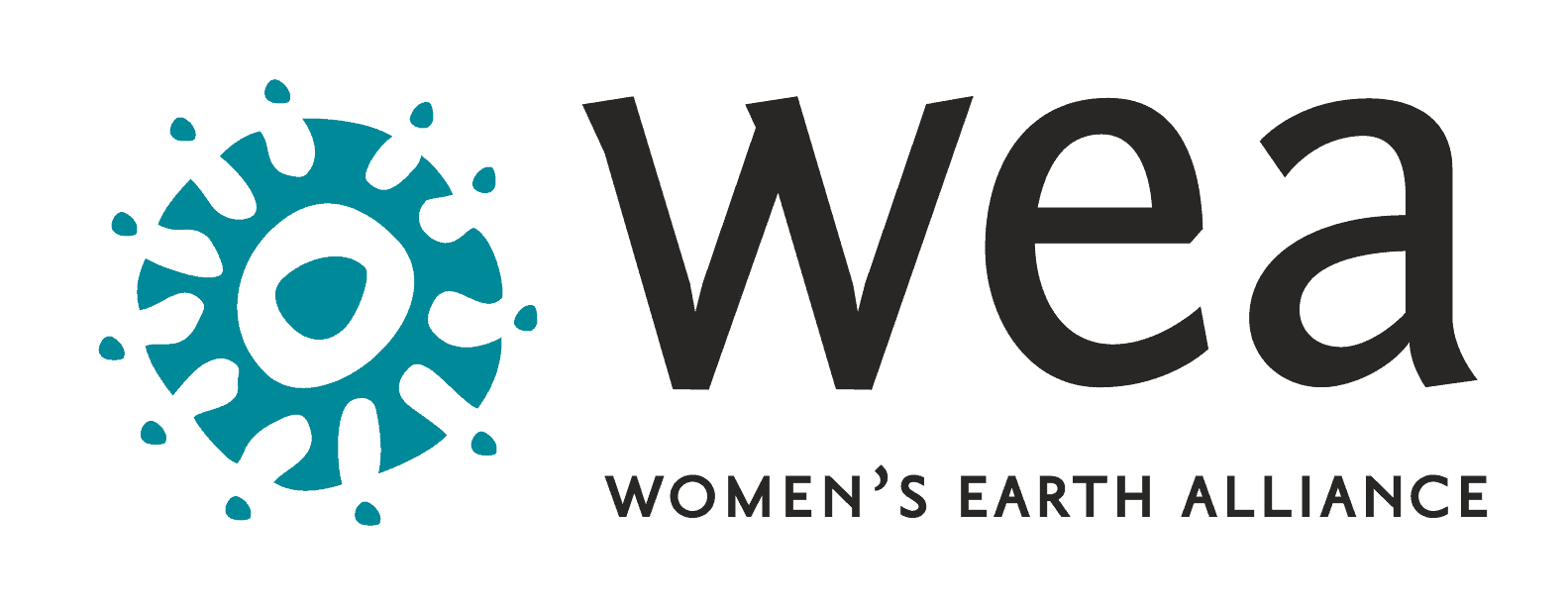The Winnemem Wintu and the fight for the McCloud River
By Kahea Pacheco (Advocacy Network Coordinator) and Molly Garritson (WEA General Intern)
The Winnemem Wintu Tribe of Northern California has inhabited their ancestral territory for well over 6,000 years. This territory runs from Mount Shasta down through the McCloud River watershed and is bordered by both the Sacramento and Pit Rivers. Indeed, the original name of the McCloud river is, in fact, Winnemem, meaning “middle water.”

The Winnemem then are middle water people, salmon people, and their lands and river hold many sacred sites and traditional medicines central to their cultural and spiritual identity. This identity, which has been under attack ever since the settlement of California which brought disease and destruction to Native peoples, has faced yet another threat since World War II: the construction of the Shasta Dam, which flooded Winnemem homesteads, ancestral villages, cemeteries, sacred places, and has blocked salmon runs along the river.
The McCloud River was once one of the most fertile breeding ground for Chinook salmon in the West. The salmon’s numbers were so high that in the late 1800’s, fish culturist Livingston Stone established the Baird Hatchery in an effort to breed this salmon and replenish dwindling Atlantic salmon stocks. The Winnemem people opposed the building of the hatchery and took action to defend their river by performing a Hu’p Chonas—a war dance ceremony that tells the water and all Winnemem relations that they are fighting for the well-being of the river.
Unfortunately, construction of the Baird Hatchery went forward. When the hatchery began exporting eggs around the world (including all the way to New Zealand), an agreement was made that, while the salmon would be captured for breeding, the Winnemem would ensure that they would always be able to return to their home on the McCloud River. However, this agreement was later broken when the Shasta Dam was built, blocking salmon’s path and submerging their breeding grounds, and eventually causing their near extinction.
In recent years, the Winnemem have continued to fight for the salmon and for their way of life as they oppose an additional rise of the Shasta Dam by 18.5 feet. Raising the dam even just a small amount would submerge Winnemem herbal gathering grounds, whatever is left of salmon spawning grounds–threatening any potential for salmon restoration to the McCloud–and would also disturb 39 sites along the river that are sacred to the tribe, such as Puberty Rock where coming of age ceremonies are held for Winnemem girls, and the site of a massacre of the Winnemem by settlers in 1850’s.
Speak out in support of the Winnemem

Photo by Amit Patel
The Bureau of Reclamation (BOR) is responsible for any decisions to raise the Shasta Dam, and also for selecting the plan to restore the McCloud’s native ecosystem by returning the salmon to the Central Valley. Though the Winnemem have been asked to submit their own plan to return the salmon to their indigenous territory, they have been given no voice in the decision-making process.
Stand alongside the Winnemem Wintu Tribe and support their indigenous right to be part of the salmon decision by calling or e-mailing Sue Fry, BOR Project Manager, at sfry@usbr.gov or (916) 414-2400. Demand that the BOR bring the Winnemem to the table as a consenting voice to any Salmon Restoration Plan, and recognize their right to be leaders and critical decision-makers in the process.
We encourage all of friends and allies to also email or call the Bureau’s Commissioner Michael Connor at comments@usbr.gov or (202) 513-0501, and urge him not to submit the Shasta Dam raise proposal for a vote to Congress and instead support Winnemem cultural survival.
More information on how to stand in solidarity with the Winnemem can be found here.
(Quotes and photos are property of the Winnemem Wintu Tribe unless otherwise attributed)
